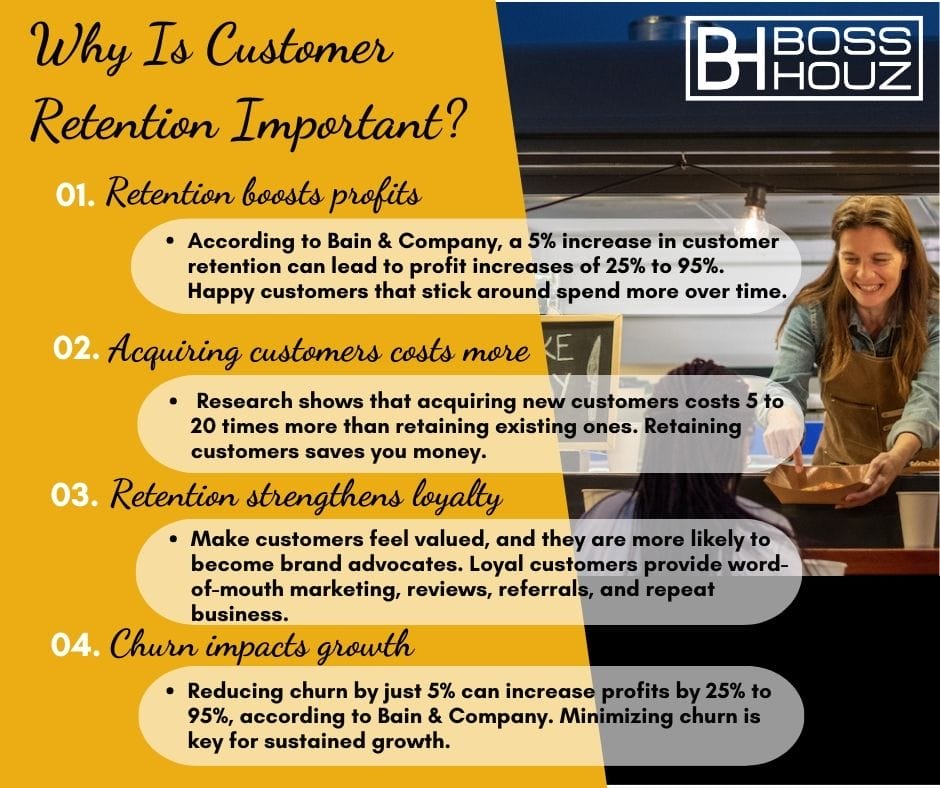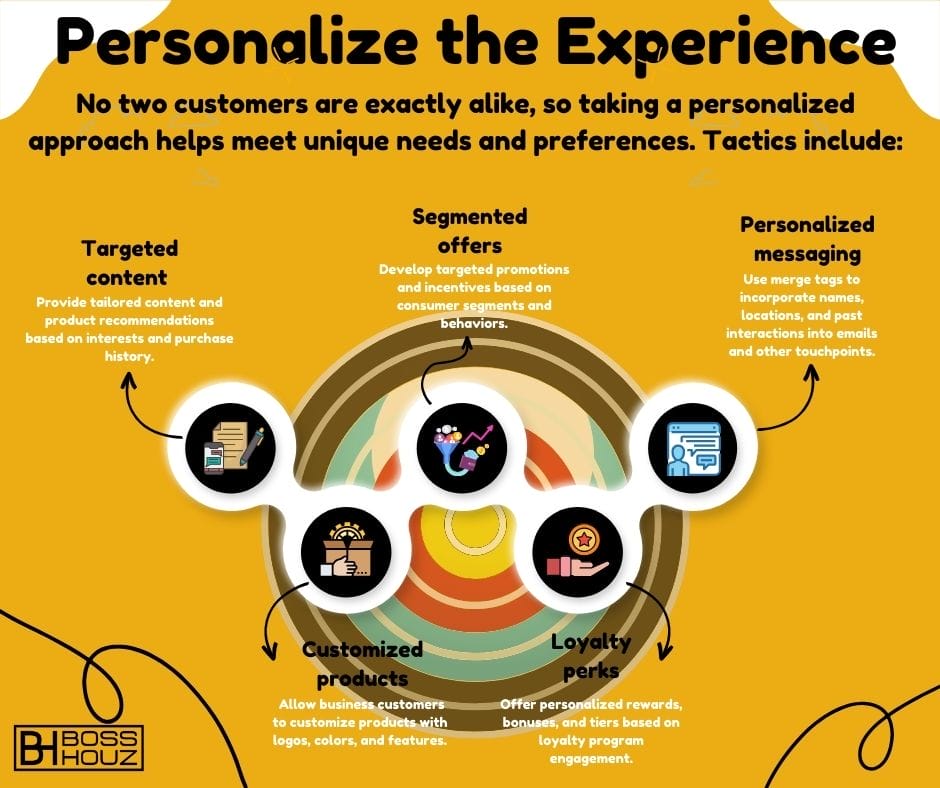Retaining customers is one of the most important goals for any business. Acquiring new customers costs five to twenty-five times more than retaining existing ones. With the right customer retention strategies, you can increase customer lifetime value, boost profits, and build brand loyalty.
In this comprehensive guide, we will explore the latest trends, statistics, and proven tactics to improve customer retention for your business. Whether you are just starting out or looking to optimize an existing customer retention program, use these tips and insights to create lasting relationships and repeat sales.
Table of Contents
Why Is Customer Retention Important?

Before we dive into the strategies, let’s look at why focusing on customer retention needs to be a priority:
- Retention boosts profits – According to Bain & Company, a 5% increase in customer retention can lead to profit increases of 25% to 95%. Happy customers that stick around spend more over time.
- Acquiring customers costs more – Research shows that acquiring new customers costs 5 to 20 times more than retaining existing ones. Retaining customers saves you money.
- Retention strengthens loyalty – Make customers feel valued, and they are more likely to become brand advocates. Loyal customers provide word-of-mouth marketing, reviews, referrals, and repeat business.
- Churn impacts growth – Reducing churn by just 5% can increase profits by 25% to 95%, according to Bain & Company. Minimizing churn is key for sustained growth.
The numbers speak for themselves – focusing on retention provides a better ROI than constantly chasing new customers. Retained customers already know and trust your brand, making it easier to turn them into brand evangelists.
How to Calculate Customer Retention Rate
To determine the right retention strategies for your business, first you need to calculate your customer retention rate. Here is a simple formula you can use:
Customer Retention Rate = ((E – N) / S) x 100
Where:
- E = Number of customers at the end of a period
- N = Number of new customers acquired during that period
- S = Number of customers at the start of that period
Let’s say you had 200 customers at the start of the month, acquired 50 new customers, and ended the month with 225 total customers. Your calculation would be:
((225 – 50) / 200) x 100 = 87.5%
Benchmarks for good retention vary by industry, but a retention rate over 70% is considered respectable, 80% is very good, and over 90% is exceptional.
Once you know your starting retention rate, you can set goals and gauge the success of your efforts to improve it. Be sure to calculate regularly (monthly or quarterly) to spot trends.
10 Effective Customer Retention Strategies
There are many innovative ways to increase customer retention for your small business. Here are 10 proven and effective strategies to consider:
1. Collect Customer Feedback
One of the best ways to identify issues before customers leave is by collecting customer feedback. There are several ways to do this:
- Surveys – Send email or app surveys to learn about satisfaction and areas for improvement. Offer incentives for participation.
- Reviews – Monitor online review sites to see direct customer feedback. Reach out to resolve complaints quickly.
- Focus groups – Invite engaged customers to provide feedback in a discussion setting. Offer perks for their time.
- Social listening – Track brand mentions on social media to see what existing customers are saying.
Use feedback to address pain points and improve the customer experience. Close the loop by following up with customers when issues are resolved based on their input.
2. Provide Excellent Customer Support
Stellar customer support keeps clients satisfied and gives your brand a competitive edge. To stand out:
- Offer omnichannel support across phone, email, chat, self-service, and social media. Make it easy to get help.
- Set service level agreements (SLAs) and hold team members accountable for prompt response times.
- Use help desk software to track customer history and conversations across channels.
- Survey support interactions using CSAT (customer satisfaction) surveys.
- Have support staff follow up with customers on open requests to ensure issues are fully resolved.
- Recognize support team members who go above and beyond.
When customers have an outstanding experience getting help, they will trust you more and remain loyal to your brand.
3. Offer a Customer Loyalty Program
Customer loyalty programs reward repeat purchases and promote brand advocacy. Popular examples include:
- Points – Offer points for purchases, reviews, referrals, or engagement that can be redeemed for discounts or free products.
- Tiers – Provide special perks, discounts, and treatment for heavy spenders. For example, Gold Members might get free overnight shipping.
- Referrals – Give customers incentives to refer their friends and family, such as account credits for each new sign-up.
- Subscriptions – Offer subscriptions for replenishment of consumable products to encourage repeat sales.
- VIP access – Provide exclusive early access to sales or new products for top customers.
Sweeten the pot by offering surprise rewards and birthday presents to make customers feel special. Just be sure your program aligns with your brand image.
4. Personalize the Experience

No two customers are exactly alike, so taking a personalized approach helps meet unique needs and preferences. Tactics include:
- Targeted content – Provide tailored content and product recommendations based on interests and purchase history.
- Segmented offers – Develop targeted promotions and incentives based on consumer segments and behaviors.
- Personalized messaging – Use merge tags to incorporate names, locations, and past interactions into emails and other touchpoints.
- Customized products – Allow business customers to customize products with logos, colors, and features.
- Loyalty perks – Offer personalized rewards, bonuses, and tiers based on loyalty program engagement.
When customers feel understood and known, they are more likely to engage and buy again in the future. Leverage data and technology to scale personalization efforts.
5. Communicate Regularly
Ongoing communication nurtures relationships and keeps your brand top of mind. Useful tactics include:
- Send welcome series emails when customers first sign up. Educate them on how to use your products or services.
- Develop educational content like blog posts, ebooks, and videos that provide value beyond the sale.
- Share product updates and exciting company news through email, social media, and your website.
- Send special occasion messages for birthdays, loyalty program anniversaries, holidays, and other events.
- Create re-engagement campaigns targeting customers who have been dormant for a period of time. Offer incentives to reactivate them.
- Send surveys to get feedback and show you care about their opinions.
Communicate on customers’ preferred channels at appropriate frequencies to demonstrate you care. Deliver value, not spam.
6. Cultivate a Customer Community
Building a customer community allows you to foster deeper connections beyond transactions. Ways to create community include:
- Opening an online forum for customers to connect with each other.
- Hosting live or virtual events for customers to network and engage.
- Creating member experiences like exclusive rewards and early access.
- Curating user-generated content from customers like photos and videos.
- Facilitating customer advisory panels to solicit insights.
- Developing social media groups focused on interests and lifestyles related to your brand.
Bringing customers together around shared passions helps strengthen loyalty and advocacy for your company. Treat them like VIPs and give them input.

7. Use Customer Success Managers
For high-value customers, customer success managers act as dedicated points of contact within your company. Their responsibilities include:
- Onboarding new customers and ensuring they achieve value from your products or services.
- Checking in regularly to answer questions, provide training, and resolve issues.
- Identifying expansion opportunities within existing accounts, like upsells or new product adoption.
- Sharing customer feedback and insights with your organization to strengthen the relationship.
- Advocating for the customer’s needs within your company.
This white-glove approach helps enterprise and B2B customers feel cared for, facilitating retention and growth. Assign CSMs to accounts with the highest lifetime value potential.
8. Request Referrals
Referral requests encourage happy customers to recommend your brand to others. To generate word-of-mouth buzz:
- Ask satisfied customers to leave online reviews on sites like Yelp, Google, and Facebook. Make it easy with links and reminders.
- Build a formal referral program to reward customers for sharing your brand.
- Ask customers to introduce your company to contacts who may also benefit from your product or service.
- Equip customers with promo codes and unique links to share with their network.
- Repurpose great testimonials, stories, and reviews in your marketing materials.
Referred customers convert 30% better since they arrive pre-vetted. Leverage your best evangelists to grow your customer base.
9. Demonstrate Value
Clearly conveying value helps justify your pricing and build customer trust. Ways to communicate value include:
- Sharing customer success stories that bring your products to life.
- Calculating potential return on investment or cost savings for buyers.
- Explaining how you can help customers achieve goals or solve pain points.
- Being transparent about pricing and fees so customers feel treated fairly.
- Educating customers on less obvious benefits beyond core features, like support or convenience.
When customers feel confident they made the right choice selecting your brand, they are more likely to purchase again in the future.
10. Surprise and Delight
Going above and beyond customer expectations pays off when it comes to surprising and delighting your clients. Ideas include:
- Sending customers birthday, holiday, or loyalty program milestone cards or small gifts.
- Adding free bonuses like rush processing and shipping for no extra cost.
- Providing exclusive perks and upgrades for loyal repeat buyers.
- Following up after purchases to ensure customers are thrilled with selections.
- Empowering staff to surprise customers, like providing complimentary dessert at restaurants.
- Simply saying “thank you” and expressing appreciation for their business.
These small touches spark joy and emotions that customers will remember. Exceeding expectations turns customers into advocates who refer others.

Adopting a Customer-Centric Mindset
Improving retention requires adopting customer-centric thinking throughout your organization. Here are some ways to shift to a customer-first mindset:
- Talk to customers regularly through surveys, support conversations, focus groups and more. Listen and learn.
- Solicit employee feedback on areas impacting customer experience and morale. They often see pain points.
- Map the customer journey end-to-end to identify gaps, pain points, and opportunities to add value.
- Track metrics like customer lifetime value, satisfaction, and churn rate – not just sales and profits.
- Review lost customers to identify why they left and how to improve in those areas.
- Share customer stories and feedback with employees to help them see the impact of their work.
- Empower staff to resolve issues and surprise customers without needing manager approval.
When your culture centers around the customer, it naturally leads to higher retention. Customer insights should inform every business decision and process. Make it a habit to ask, “how does this benefit our customers?”
Key Takeaways and Actionable Tips
Focusing on customer retention provides recurring revenue, reduced costs, and accelerated growth over chasing new customers alone. Here are some key takeaways:
- Calculate your starting customer retention rate so you can measure progress. Aim for over 80%.
- Collect customer feedback continuously through surveys, reviews, and by resolving complaints quickly.
- Provide exceptional support across channels with short wait times and caring staff.
- Implement a customer loyalty program with points, tiers, and personalized rewards and treats.
- Use customer data and segments to provide tailored recommendations and relevant communications.
- Share valuable content and helpful resources through email, social, your website, and messaging.
- Foster community amongst your customers through online groups, exclusive access, and in-person events.
- Assign customer success managers to high-value accounts to provide white-glove service.
- Make it easy for satisfied customers to leave reviews and refer others to your business.
- Clearly convey your value and exceed expectations through surprise rewards and delight.
The most successful businesses constantly work to strengthen customer relationships beyond the initial sale. Use these proven retention strategies to increase loyalty, boost referrals, and generate long-lasting revenue from happy customers.
By doubling down on keeping existing customers engaged, you reduce churn and marketing costs as your base grows.








